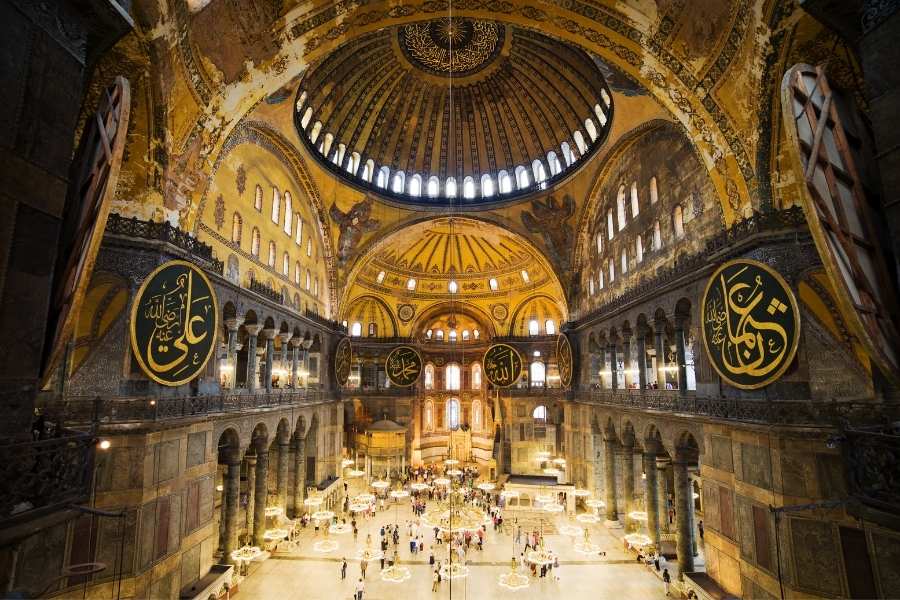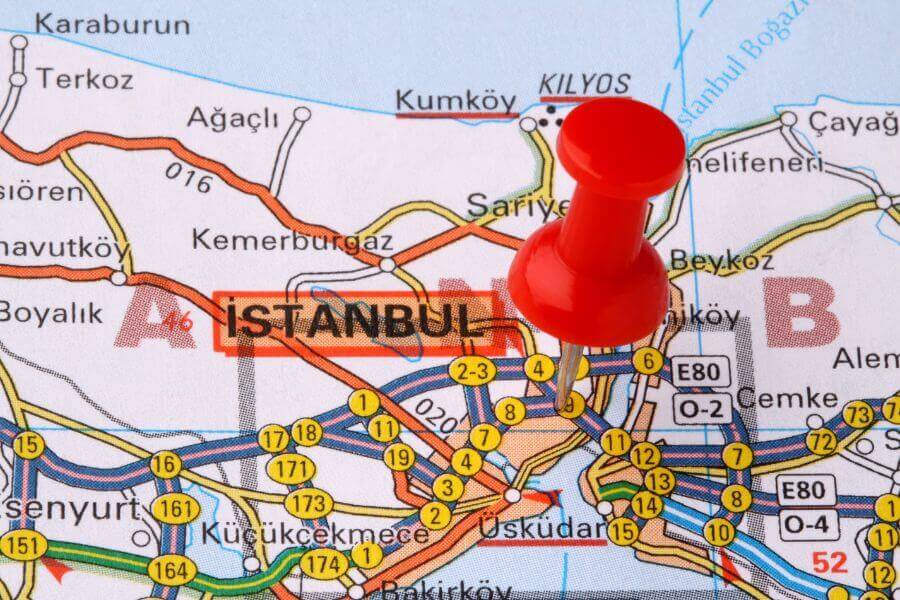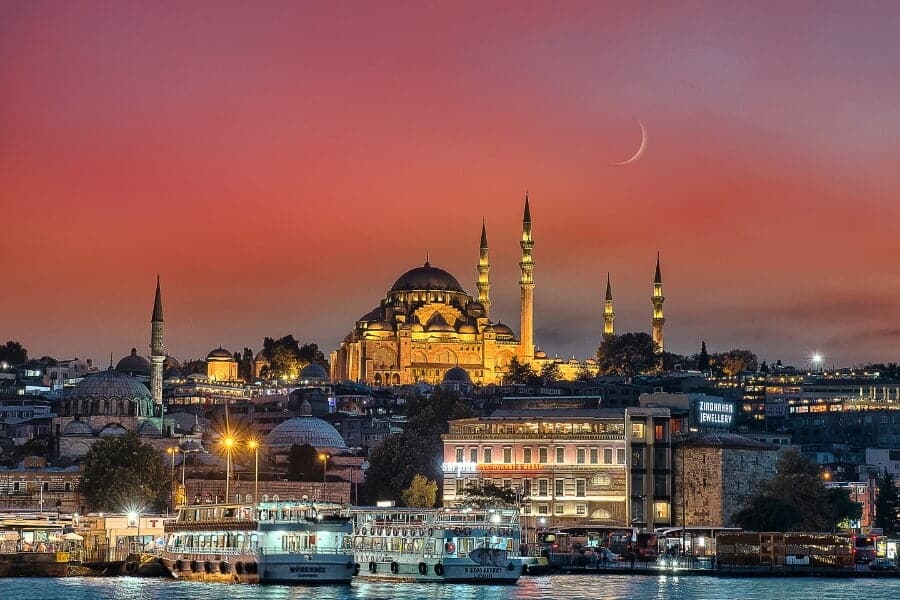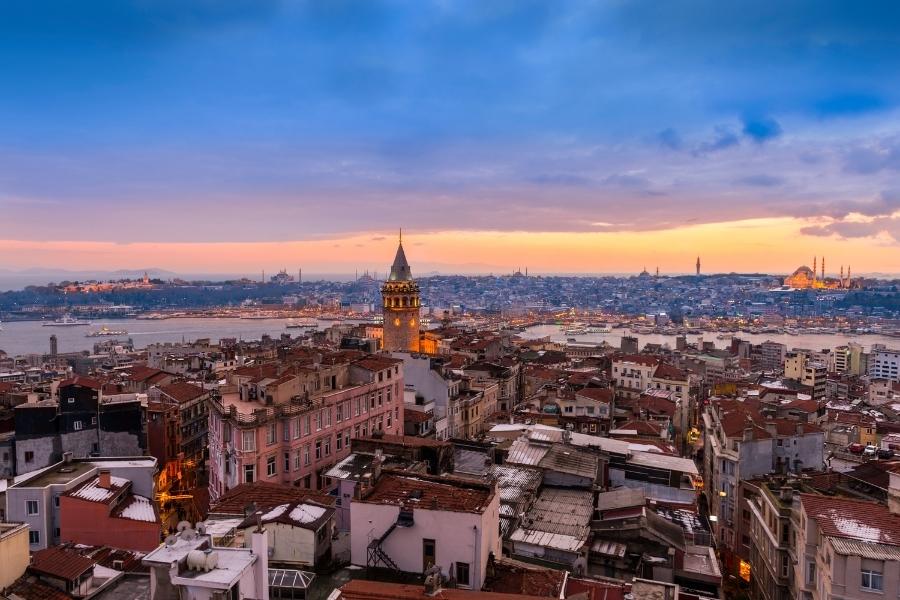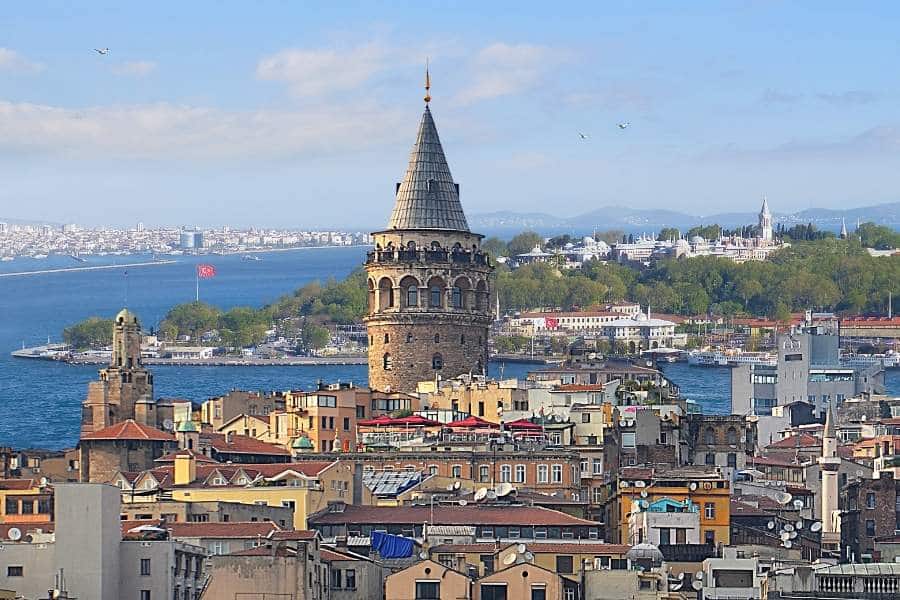Ultimate Guide to Hagia Sophia: History, Art, and Travel Tips
Hagia Sophia, one of Istanbul’s most iconic landmarks, is a stunning masterpiece of architecture and history that has stood the test of time. This grand structure has witnessed the rise and fall of empires, serving as a Byzantine cathedral, an Ottoman mosque, a museum, and now a functioning mosque once again. Whether you are a history enthusiast, an art lover, or a traveler seeking to explore Istanbul’s wonders, this Ultimate Guide to Hagia Sophia will provide you with everything you need to know about the Ultimate Guide to Hagia Sophia.
In this Ultimate Guide to Hagia Sophia, we will delve deeper into its history, architectural splendor, and practical tips for visitors, ensuring you have the ultimate experience while exploring this magnificent structure.
The Ultimate Guide to Hagia Sophia is designed to enrich your understanding and appreciation of this iconic site, highlighting its historical significance and cultural impact.
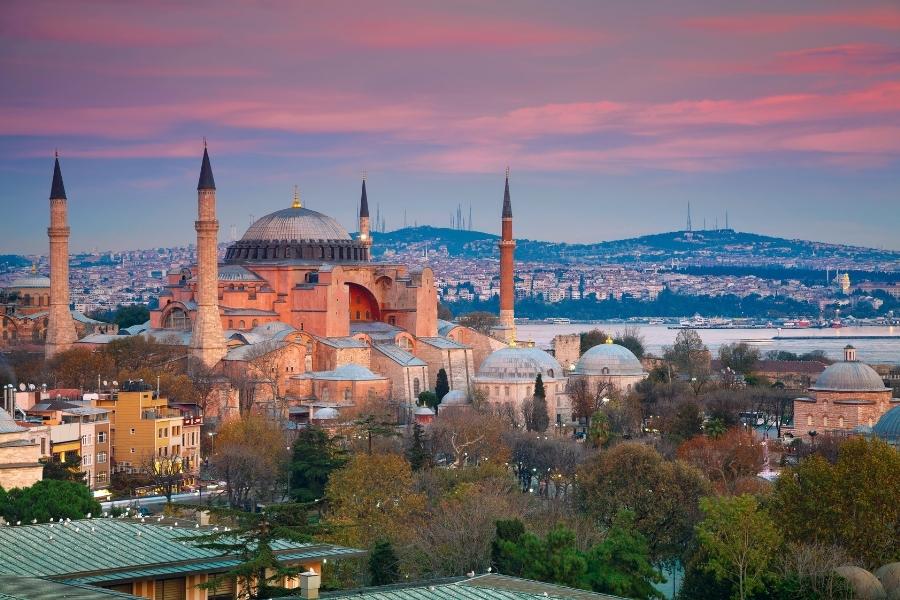
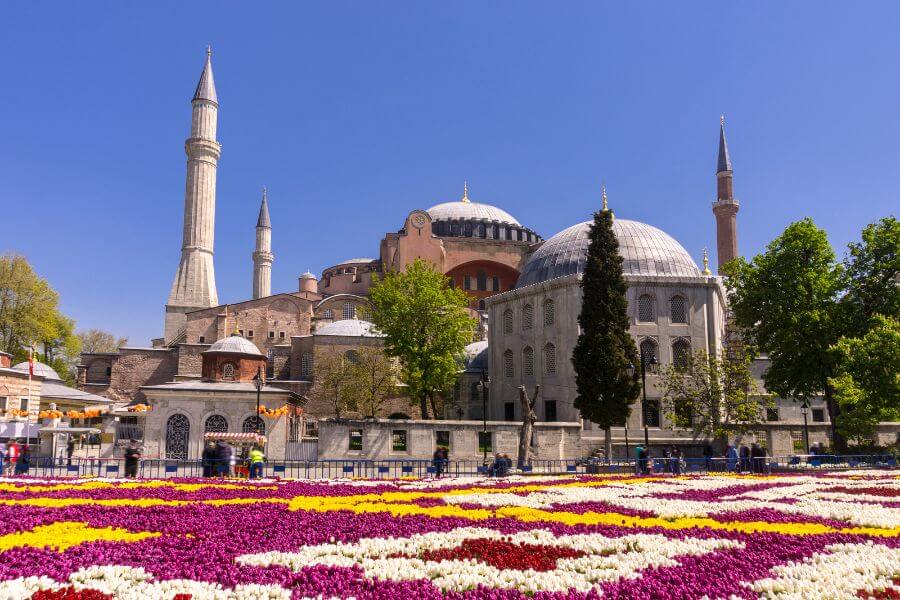
The History of Hagia Sophia
Byzantine Era (532–1453): The Church of Holy Wisdom
From the architectural marvels found within, to the spiritual ambiance, this Ultimate Guide to Hagia Sophia covers all aspects for any visitor.
Hagia Sophia, meaning “Holy Wisdom,” was originally built in 360 AD by Emperor Constantius II. However, the current structure, which stands today, was commissioned by Emperor Justinian I in 532 AD after the previous churches were destroyed by riots. Completed in just five years, it became the largest cathedral in the world for nearly a thousand years and served as the center of Orthodox Christianity.
The most remarkable feature of Hagia Sophia during the Byzantine era was its massive central dome, which appeared to float above the vast interior. The building was decorated with gold mosaics, intricate frescoes, and towering marble columns. It was a place of imperial ceremonies, religious processions, and significant events in Byzantine history.
Ottoman Era (1453–1935): Conversion into a Mosque
As part of the Ultimate Guide to Hagia Sophia, we also provide insights into its transformation from a museum back to a mosque, and what that means for visitors today.
For those planning their visit, our Ultimate Guide to Hagia Sophia includes essential tips and tricks to navigate this magnificent site efficiently.
In 1453, when the Ottoman Sultan Mehmed the Conqueror captured Constantinople, Hagia Sophia was converted into a mosque. Islamic elements, such as mihrabs (prayer niches), minarets, and calligraphic roundels, were added while some Christian mosaics were covered. The Ottomans preserved much of its original grandeur while blending Islamic artistic influences, making it a unique fusion of Byzantine and Ottoman heritage.
Modern Era (1935–2020): A Museum and a Global Icon
In 1935, Mustafa Kemal Atatürk, the founder of modern Turkey, transformed Hagia Sophia into a museum to celebrate its cultural and historical significance beyond religious boundaries. It became one of the most visited tourist attractions in the world, showcasing its breathtaking golden mosaics, massive dome, and centuries-old architectural brilliance.
Present Day: A Working Mosque
In 2020, Hagia Sophia was reconverted into a mosque, reopening for Islamic prayers while remaining open to visitors. Entry is now free, but certain areas may be restricted during prayer times.
The Architecture and Interior of Hagia Sophia
Ultimate Guide to Hagia Sophia: Understanding Its Significance
- The Magnificent Dome: Measuring 31 meters in diameter and 55 meters in height, the dome creates a sense of floating above the building, supported by hidden pendentives and arches.
- Byzantine Mosaics: Some of the most stunning mosaics include the Deësis Mosaic (Jesus with Mary and John the Baptist) and the Emperor Justinian and Constantine Mosaic.
- Calligraphic Roundels: Added during the Ottoman period, these enormous black and gold medallions display the names of Allah, Muhammad, and early caliphs.
- The Marble Floors and Columns: The marble used in Hagia Sophia was sourced from Egypt, Syria, and Anatolia, creating a rich and colorful display.
- The Mihrab and Minbar: Located inside the mosque, the mihrab indicates the direction of Mecca, and the minbar is where Friday sermons are delivered.
Tips for Visiting Hagia Sophia
We hope this Ultimate Guide to Hagia Sophia inspires your journey and deepens your connection to the rich history and culture of Istanbul.
- Opening Hours: Open daily, but closed for non-Muslim visitors during prayer times.
- Entrance Fee: Free, but donations are appreciated.
- Best Time to Visit: Early mornings or late afternoons to avoid large crowds.
- Dress Code: As a mosque, women should cover their heads, shoulders, and knees, and men should avoid wearing shorts.
- Photography: Allowed, but be respectful and avoid taking pictures during prayers.
- Guided Tours: To fully appreciate Hagia Sophia’s history and details, hiring a guide or joining a tour is recommended.
Consult our Ultimate Guide to Hagia Sophia for the best times to visit and enjoy its breathtaking beauty with fewer crowds.
Make sure to refer to the Ultimate Guide to Hagia Sophia for recommendations on nearby attractions that complement your visit.
Nearby Attractions
- Blue Mosque: Located right across Hagia Sophia, another stunning masterpiece of Ottoman architecture.
- Topkapi Palace: The former palace of Ottoman sultans, featuring royal chambers and historical artifacts.
- Basilica Cistern: An underground water reservoir with mesmerizing columns and mysterious ambiance.
- Grand Bazaar: One of the largest and oldest covered markets in the world, perfect for shopping.
Top Experiences & Tours in Turkey
For travelers who want to explore more of Turkey beyond Hagia Sophia, here are some of the best guided tours that offer a deep dive into Turkey’s history, culture, and natural wonders.
| Tour Name | Description | Booking Link |
|---|---|---|
| 6-Day Istanbul, Pamukkale, Ephesus, and Cappadocia Tour | Experience Turkey’s top destinations, including Istanbul’s landmarks, the white travertines of Pamukkale, the ruins of Ephesus, and the fairy chimneys of Cappadocia. | See Full Itinerary and Book |
| 7-Day Cappadocia, Antalya, Pamukkale, Ephesus, Gallipoli & Troy Tour | A perfect mix of ancient history, stunning landscapes, and coastal beauty. Explore battlefields, ruins, and surreal rock formations. | Check Availability & Book |
| 8-Day Istanbul, Pamukkale, Ephesus, and Cappadocia Tour | Visit Turkey’s most iconic sites, from Istanbul’s mosques to Cappadocia’s valleys and Pamukkale’s natural pools. | Explore the Tour |
| 10 Days Istanbul, Ephesus, Pamukkale, Antalya, and Cappadocia Tour | A well-planned itinerary covering Turkey’s most breathtaking sights and cities. | Reserve Your Spot Today |
| 13-Day Grand Turkey Tour | The ultimate adventure covering Istanbul, Cappadocia, Antalya, Pamukkale, and more. | Join the Journey |
Final Thoughts: The Timeless Beauty of Hagia Sophia
Hagia Sophia is more than just a building—it is a symbol of history, resilience, and artistic brilliance. Whether you are admiring its golden mosaics, gazing at its grand dome, or feeling the weight of centuries within its walls, a visit to Hagia Sophia is a must for any traveler. Combined with other historical and cultural experiences in Turkey, it offers an unforgettable journey into the heart of civilization.
Our Ultimate Guide to Hagia Sophia provides a comprehensive overview of the nearby landmarks that are essential to any Istanbul itinerary.
Ultimately, this Ultimate Guide to Hagia Sophia encapsulates the timeless beauty and significance of this monumental structure for future generations.

